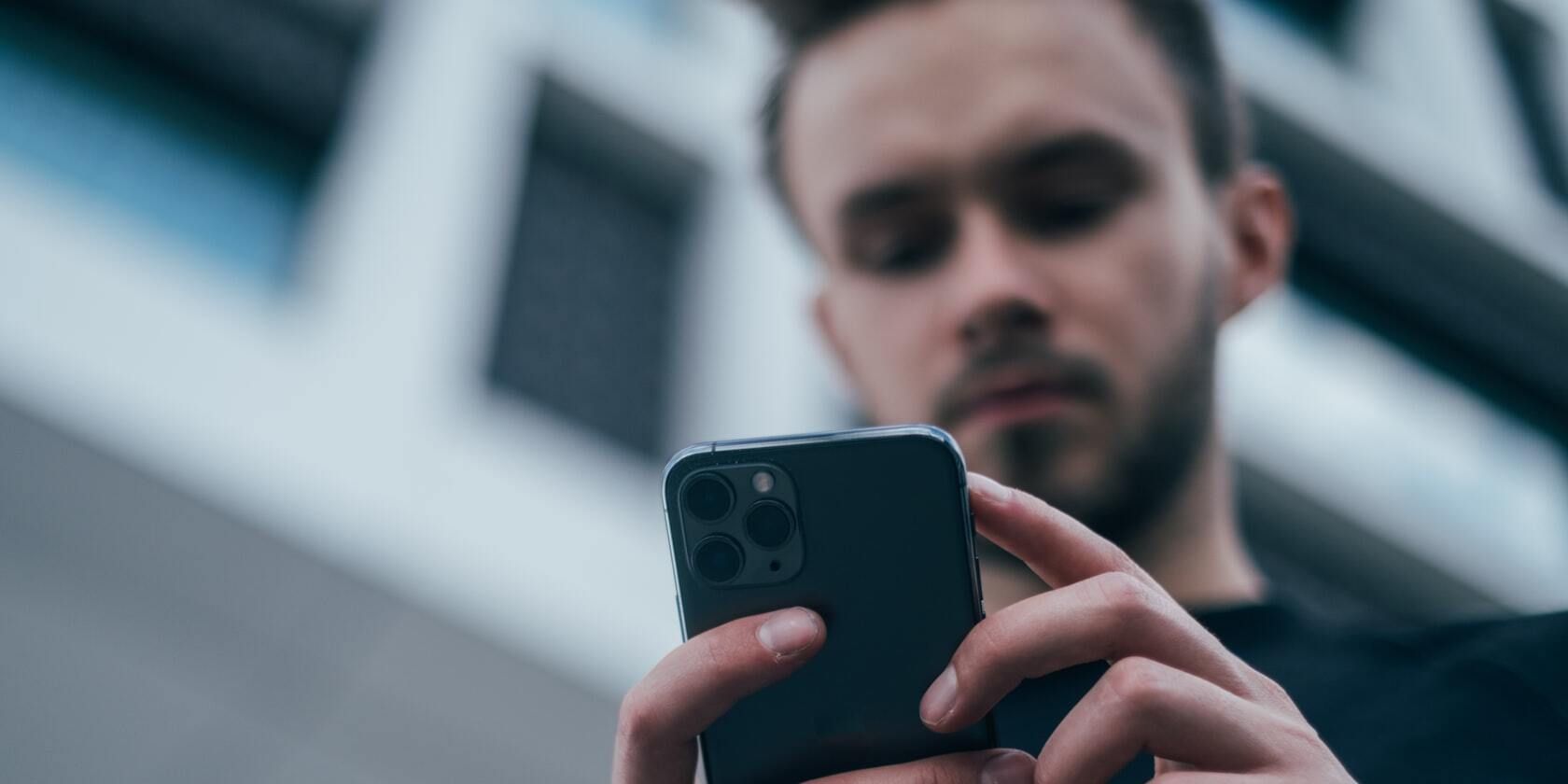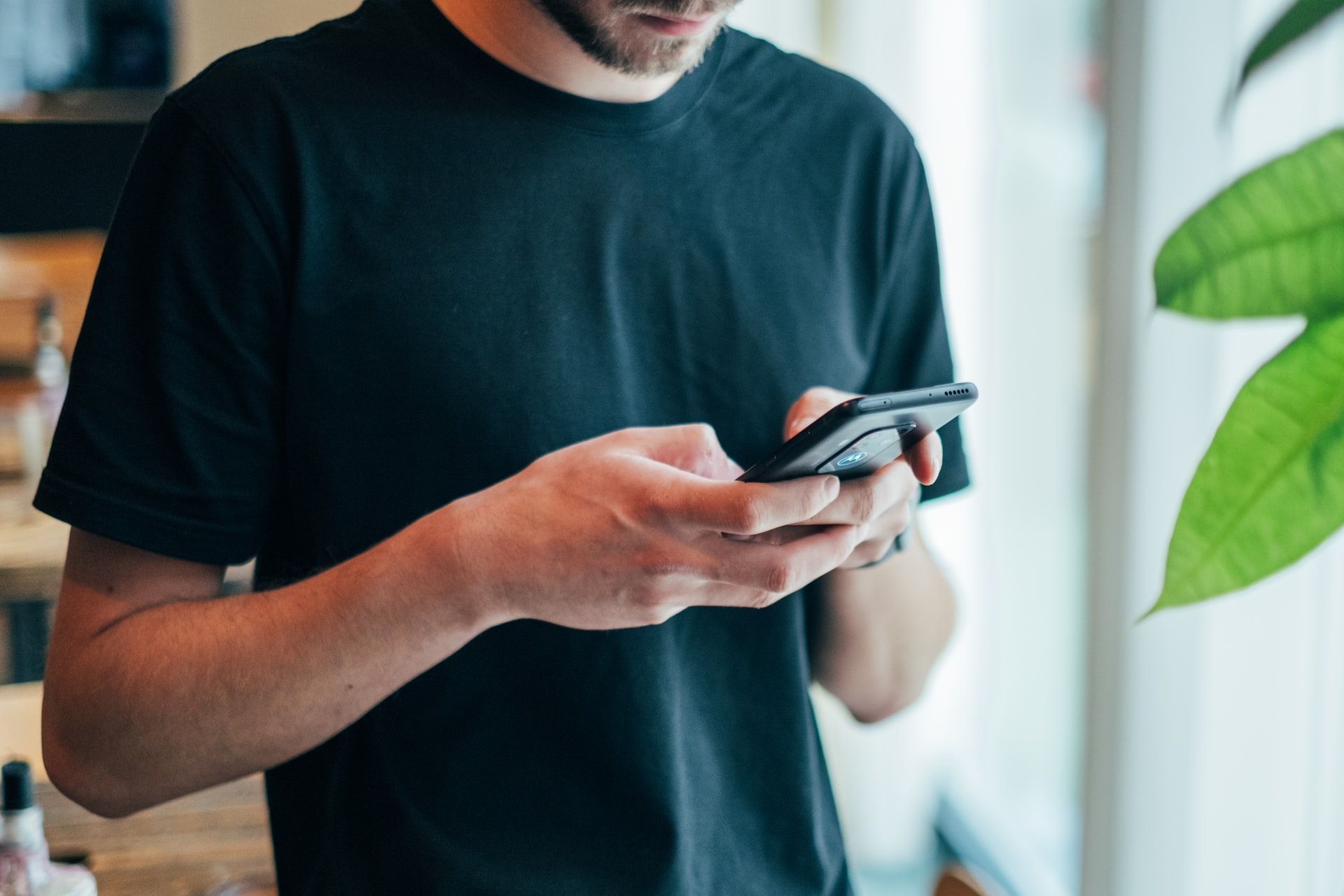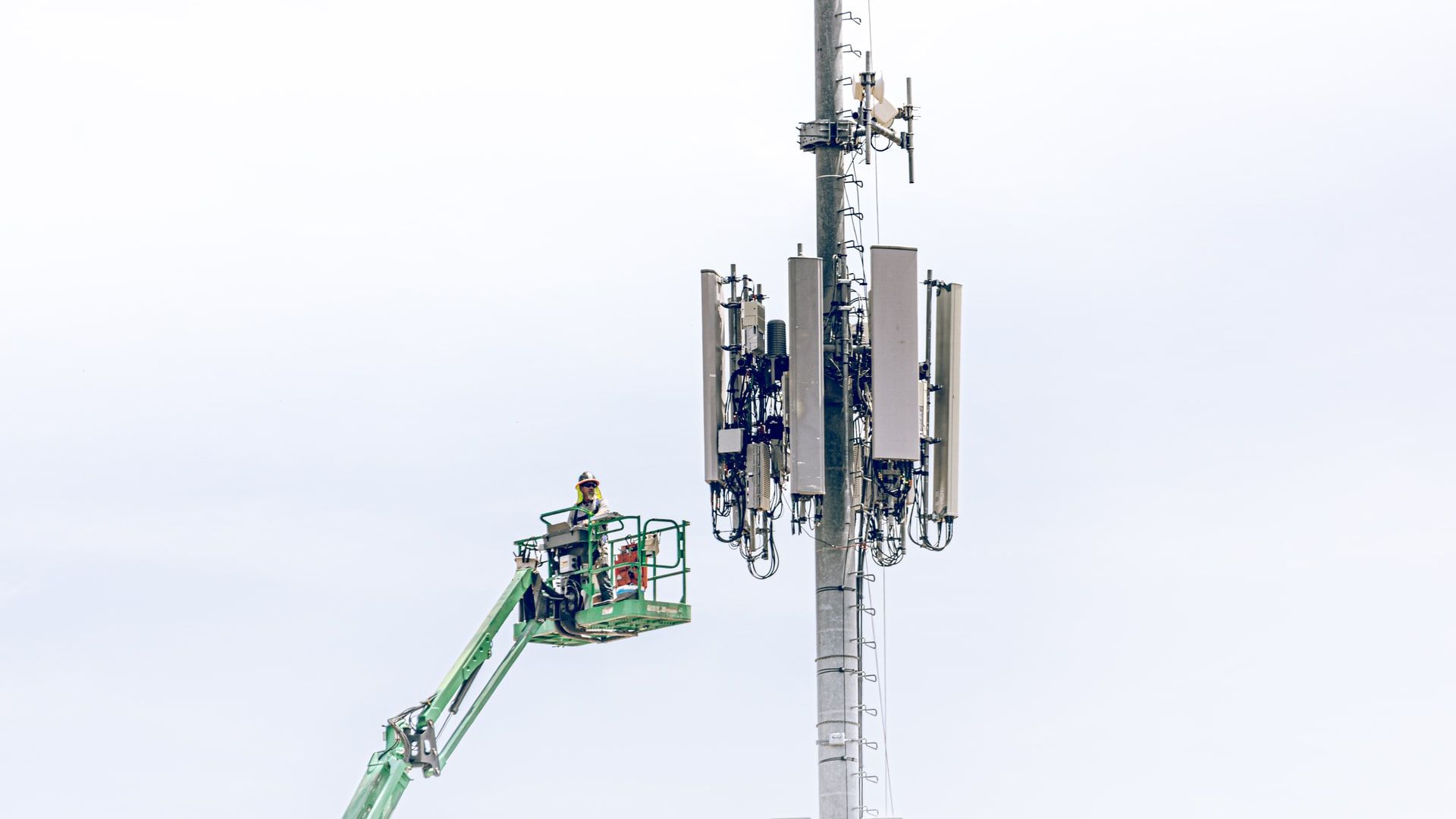The modern smartphone is a marvel of technology, packing huge computing power and a variety of hardware components into a package that fits in the palm of your hand.
Over the passage of time, communication technology has grown by leaps and bounds, and mobile phones today can even work in very remote locations. However, have you ever wondered how your phone can make emergency calls, even if you're out of network signal?
You may have seen the message, "No network signal. Emergency calls only," appear on your phone. But how can your phone make emergency calls without a signal? Let's find out!
How Emergency Calls Work Without a Service Provider
To understand exactly how emergency calls work, it's important to gain a comprehensive understanding of conventional network basics. When you add a SIM card to a mobile device, it automatically looks for a connection.
The network provider provides this. The phone sends a signal that connects to the closest cell phone tower to your location, established by your network provider. Once the first signal connects, it is amplified and then relayed from one tower to another until it eventually reaches the tower of the person you're calling.
All of this happens in a matter of seconds, and you can always see the signal strength depicted by bars, usually in the top-right corner of your phone. Now, while cell phone towers generally bounce signals off their own network for conventional calls, modern devices feature technology that allows them to make emergency calls by bouncing signals off another network's tower.
So, when you make an emergency call, the signal will look for the nearest cell phone tower, regardless of which provider owns it.
How Network Provider Authentication Works
As we've established, in the case of an emergency call, the signal doesn't need to be sent through a cell phone tower owned by your carrier. In general, many carriers also simply rent cell phone towers from another company and offer their services.
But, none of this is possible without network provider authentication. Think of it as a digital handshake that authorizes your phone to use the network in the first place, using your SIM card. To put it simply, your phone is only capable of transmitting signals via cell phone networks for which it has permission to do so.
So, in case you try to make an emergency call in a foreign country using your local SIM, it simply won't go through (unless your existing carrier has an arrangement in that country). These calls are generally handled differently anyway, as they are routed to the closest dispatcher center on priority.
As a result, when you're in a different country and haven't switched to a local SIM yet, you won't be able to make emergency calls either. You may just get a message saying, "No service." That happens when the network fails to recognize your device.
This may happen in certain isolated parts of the country, where there might be a local network that could service your phone, but since they may not have any contract with your carrier, they simply refuse to do so.
Can You Make an Emergency Call with No Service?
Most cell phone towers across the country now have E911 (enhanced) receivers on them. Many deactivated towers do too. The FCC has regulations to ensure that 911 calls are accepted by all providers, even if you don't have a phone plan.
This feature was introduced back when GSM standards were created in the 1990s. You can make an emergency call with no service, as long as there is a cell phone tower nearby, and you're using a local SIM.
You don't need a paid subscription or a phone plan to make an emergency call. However, if you're in another country, or if there are no cell phone towers nearby, then there's simply no tower for the signal to latch on to. If you're completely out of the network, you can't make an emergency call.
FCC Regulations Regarding 911 and Emergency Calls
The Wireless Communications and Public Safety Act, better known as the 911 Act, came into effect in 1999, establishing an emergency response system nationwide. This mandated all carriers to accept 911 calls throughout their network.
This system is upgraded regularly, with E911 upgrades underway. The Enhanced 911 capabilities now also report the location and the telephone number as soon as an emergency call is made. Whenever an emergency call is made, It is routed instantly to a Public Safety Answering Point (PSAP).
The FCC started collecting data in 2003 for PSAPs and assigned them identification numbers. Today, this network is used across the country. In 2019, as per Section 506 of RAY BAUM's Act, the FCC also implemented rules which transmit the dispatchable location of a 911 caller.
Using Another Provider To Make Emergency Calls
If you have no bars on your phone, it simply means that there are no towers nearby that support your carrier. But, when you make an emergency call (either from the dialer or from the lock screen), the authentication process changes.
For such calls, the signal can piggyback using the infrastructure of another network provider. An interesting chain of events is triggered when you place an emergency call in such circumstances.
The internal phone software quickly analyzes available signals in the region and identifies the strongest for fielding the emergency call. This emergency call is then tagged, thus giving it priority as specified by FCC guidelines.
You don't even need a SIM card in your phone for this to happen! The priority tag is very important because if the cell phone tower is running at maximum capacity, it'll simply bump a call with no priority status to allow an emergency call to connect.
It does seem like a lot is happening at once, but you should know that all of this happens in a matter of a few seconds! That's why you get such a quick response when you dial an emergency number in most cases.
Emergency Response Services Are Getting Better
The FCC continues to devise and implement rules that improve the reliability and effectiveness of emergency calls. With the advent of advanced communication technology, including 5G, cell phone carriers are also developing new technologies and upgrading existing networks to provide better support to people across the country.



